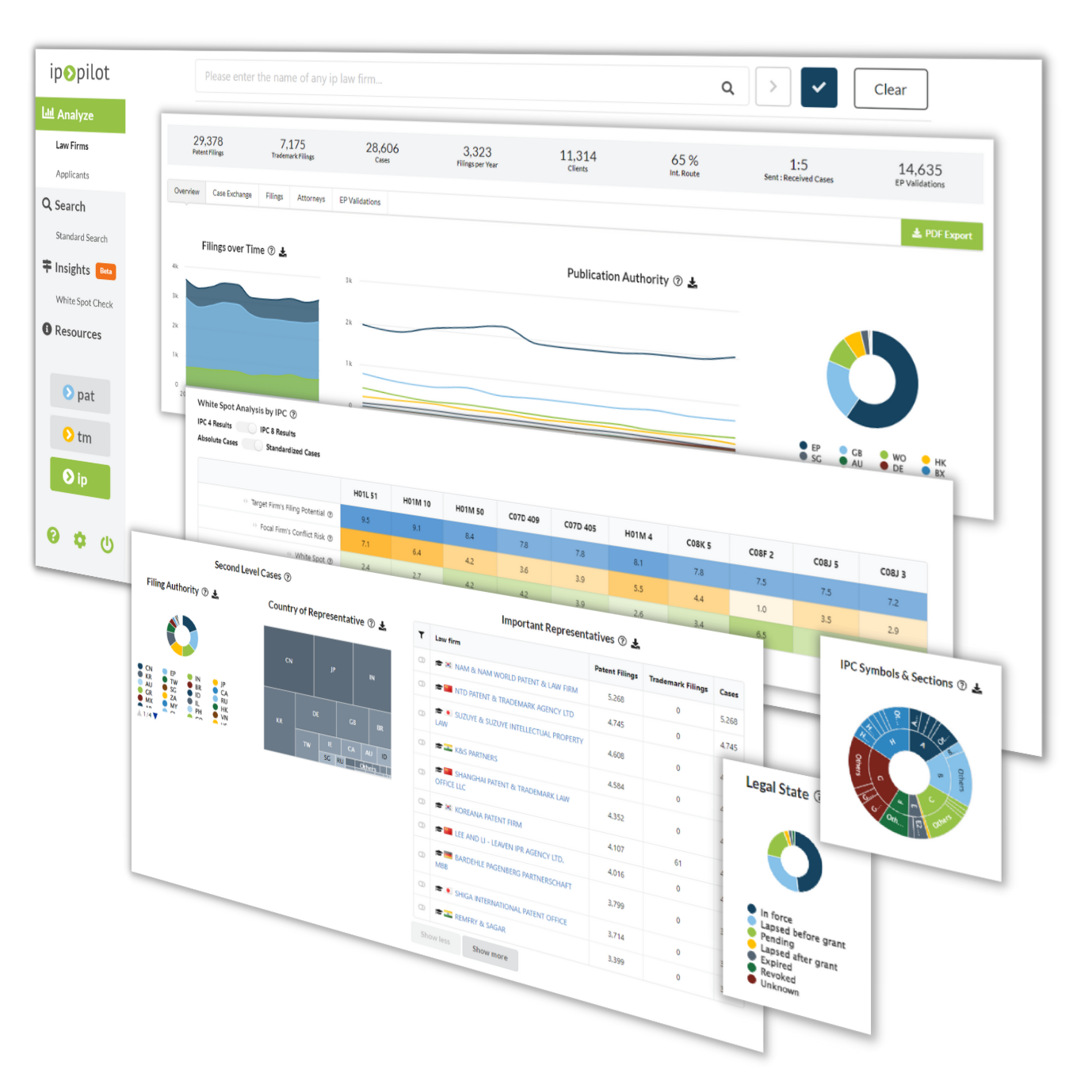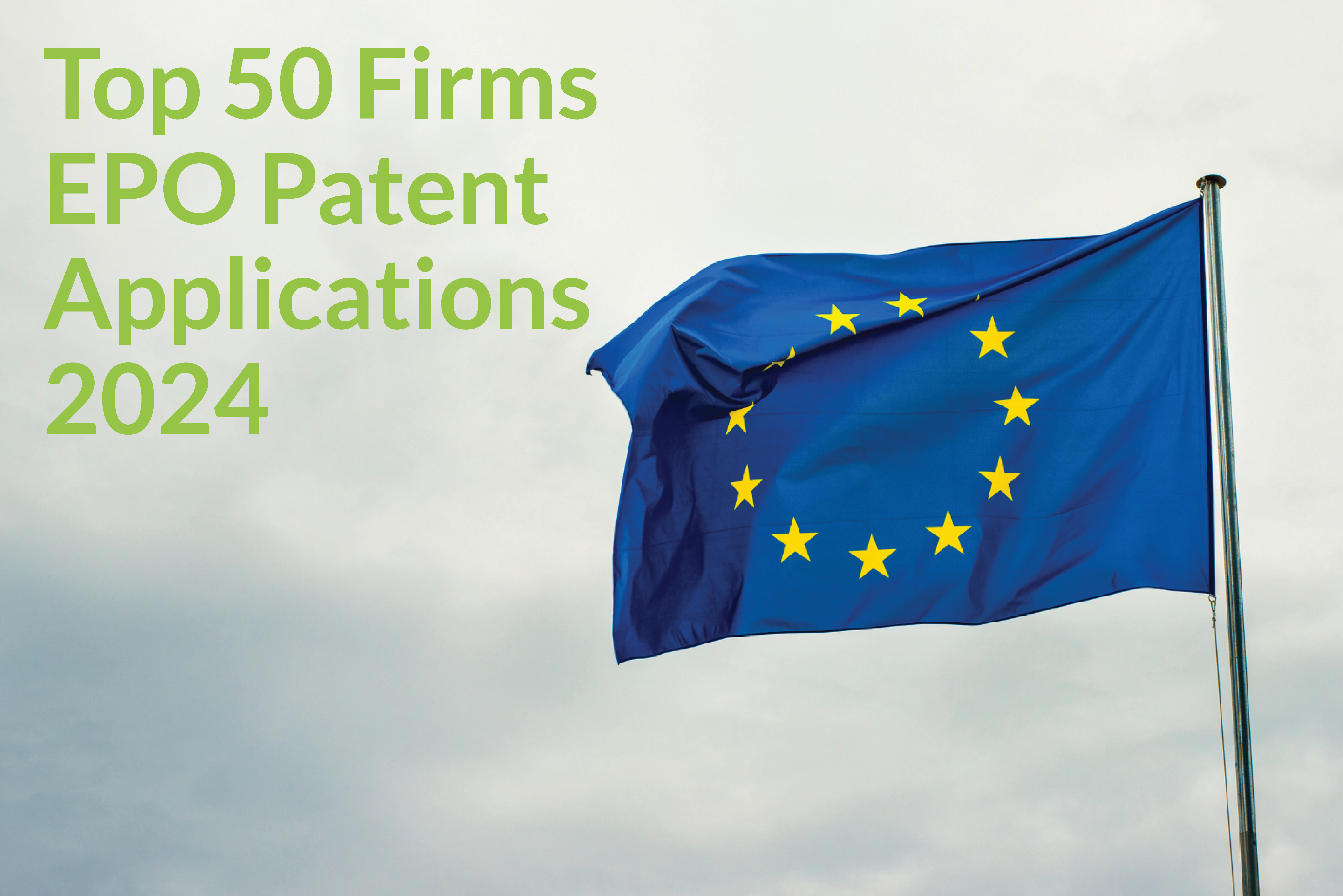The time for the actual meeting has arrived – how shall you deliver your A-game and execute it successfully with IP big data?
Setting the scene
It is recommended to first set the context of the meeting with all attendees, perhaps by recapping the meeting agenda that you have ideally pre-defined and agreed prior. Here are some high-level items to include on your agenda:
The initial introductions and pleasantries that go along with meeting new people and old friends are inevitable, so do spend a few minutes getting to know each other or catching up. Be mindful of cultural sensitivities – we recommend Erin Myer’s The Culture Map as a first reference – and time constraints. Then it is time to get down to business.
A pitfall you should firstly avoid is “assuming” your counterpart’s objectives; ask what they would like to take away from the meeting, if they have more than one objective in mind and/or communicate yours upfront.
Verifying your IP big data intelligence with the source
Even though you may have all the necessary information about your partner’s practice or client’s priorities from the preparation you have done with IP big data, as well as your inference of their needs, do not be compelled to prematurely introduce your services. Instead, take the opportunity to sincerely ask about their business and its existing state. Showing an interest in their business and work, especially when you are able to follow on with smart questions, is impressive. It can strengthen not only your relationship, but also your chances of continued or future work together.
Hence, don’t hesitate to make reference to the intelligence you have gathered from IP big data and take the opportunity to verify its analysis or insights. For example, “Based on my analysis, am I correct to think you don’t have a reciprocity partner in my jurisdiction?” Or “according to the data, I see we both work for the same client and IP firm XYZ in this jurisdiction.“ Your meeting counterpart will not only be impressed by your preparatory work but also appreciate any glowing intel from third-party analytics.
Leverage IP big data to back your propositions objectively

Details from a sample IP big data report
Demonstrating your deep level of knowledge about their activities and showing empathy can raise your credibility as a trustworthy partner. But that is not necessarily the goal you had wanted to achieve from this meeting. Once a common understanding is established with your meeting counterpart, it is time to be explicit about your business ask.
With the propositions you have prepared beforehand, speak through the reasons why you have reached out to them specifically. Examples include asking them to give your services a try by sending you their next case or filing. For an existing client or partner, the ask may be in the nature of a cross-sell, a referral, or an introduction. Always have your “IP big data report” ready to justify your propositions, explain why you are the best fit for the job, etc. When an occasion for negotiation arises, the report will also come in handy to rationalize matters too.
Once the business request is made and no objection is thrown, it is time to close the meeting:
- Make sure you have answered all of your counterpart’s objectives by reading your notes from the beginning of the meeting;
- Agree on next steps with deadlines (ideally both of you have at least the responsibility of one next step); and
- Show your appreciation and thank them for their time.
As a cherry on the cake, leave them the data report about their firm and yours as it may support their internal discussions or approvals.
Conclusion
To summarize, IP big data can help you in four ways progress you and/or your firm’s IP Business Development:
- Creating a wholistic strategy
- Targeting the right law firms, clients and attorneys
- Understanding their business
- Executing meetings successfully
These will lead to effective delivery during meetings, help you to win or cement relationships with your partner firms and/or clients. Both are going to be worth quite some time and money.









